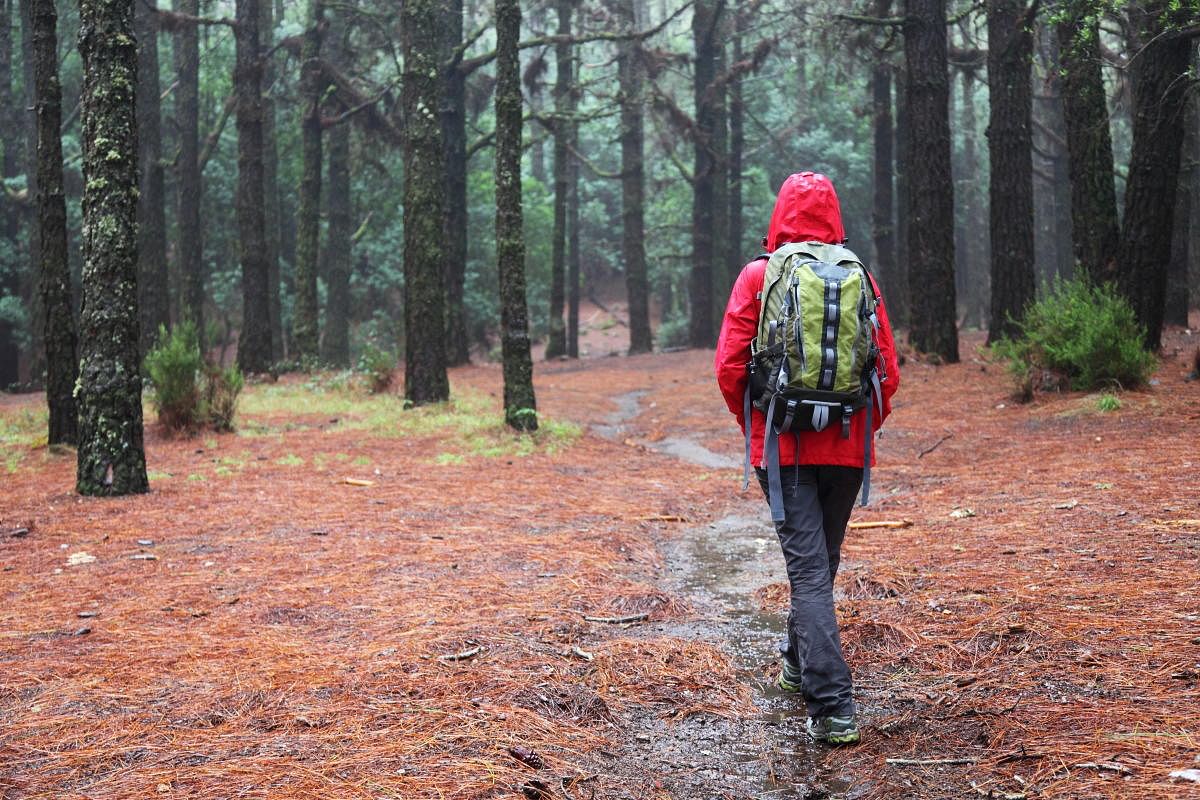
If going out for a walk daily in the monsoons is a challenge, try going for a trek. Trekking is perfect in the monsoon season where you burn calories while enjoying the weather.
Uphill climb, the high altitude, low oxygen levels, and not to forget rains, make trekking more challenging. However, adjusting your diet and nutrition intake will make the climb ‘not-so-strenuous’.
Before getting into what one must eat, and what one shouldn’t, it is important to remember that regardless of what the diet is, the baggage for the trek must be limited. The weight of the bag affects posture and can cause further damage during the trek. If the spine is hurt, forget the rest of the trek, even getting up in the morning will be too much of a task. If the duration of the trek is less than a fortnight, then go for a 40 to 50 litre backpack (in terms of volume). In general, a 50 litre backpack should be sufficient to carry essentials and a sleeping bag. It’s best to limit the weight of the backpack to around 9-10 kg, but if the duration of the trek is longer than usual, then it must be kept below 12 kg.
Here are a few essentials to be taken care of before going on a trek:
Healthy wholesome breakfast: It is very important to have a nutritious breakfast to kick-start a hiking trip as it will keep you going. Healthy breakfast choices include upma, poha, idli, dosa, rolled oats with milk or yogurt, granola in milk with nuts.
Carry light & nutritious meals: As you may not come across stores in the mountains, carrying food items that are portable, convenient and provide ample energy to help you feel full without weighing you down are essential. Soups and health shakes are ideal since they take hardly any time to make, and are easy to carry. Opt for high protein soups and meal replacement shakes which are infused with ingredients like moringa, quinoa, buckwheat, amaranth and turmeric.
Avoid sugar: If you want to steer clear of problems such as a sore throat or dehydration, cut down on sugar intake before the trek begins.
Drink more water: At high altitudes, oxygen levels decrease, and the oxygen properties in water can compensate the same to some extent. Water also reduces the chances of a muscle cramp, which is a common occurrence for first-time trekkers.
Hence, tread carefully on the mountain, and pack carefully for the climb.
(The author is dietitian & certified diabetes educator)